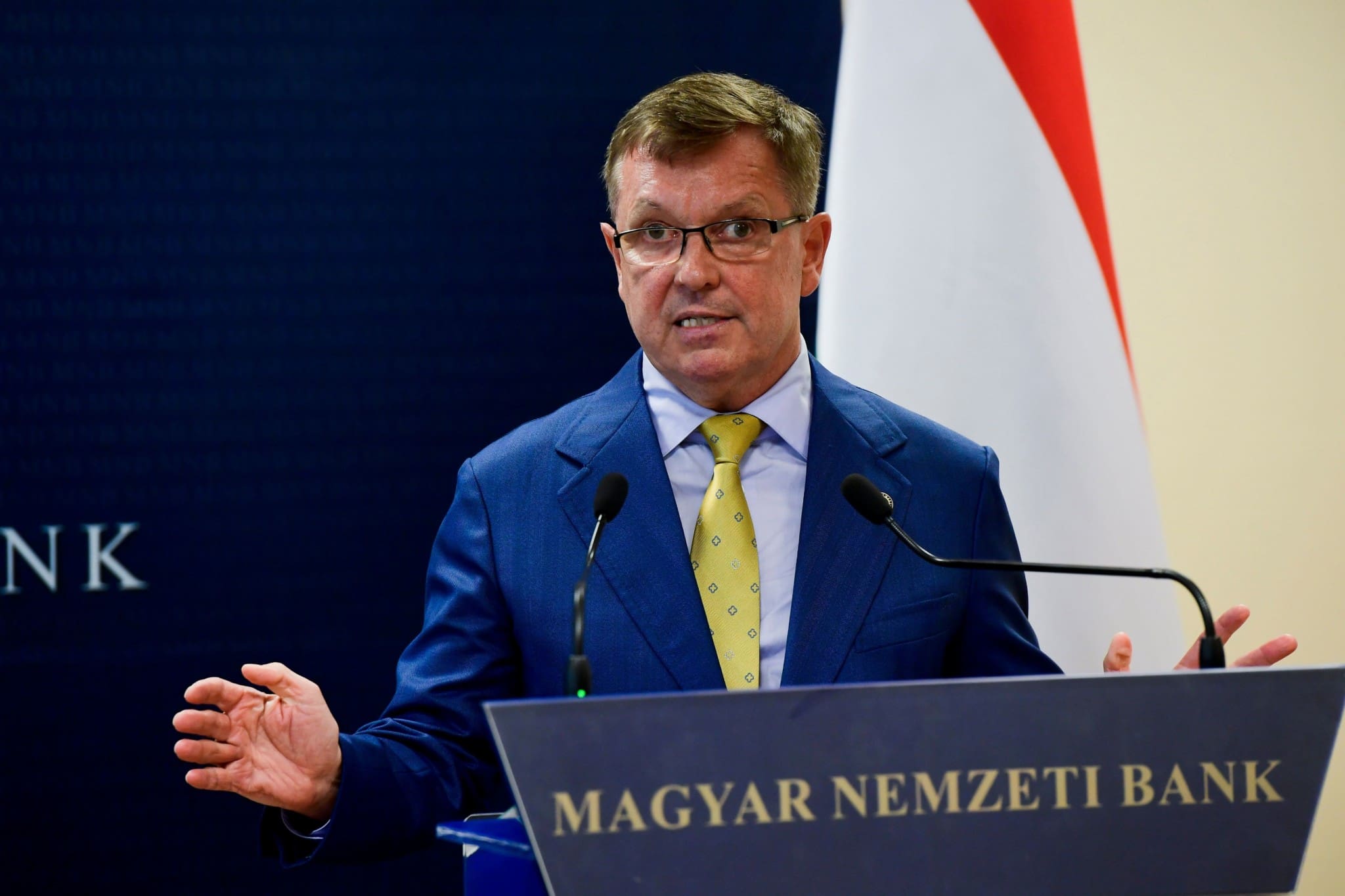The debate over the 2022 budget is not just about numbers. The stakes are much higher. In any case, the initial question is whether the Hungarian economy, which was relaunched in the first half of 2021 and has been recovering in the second half of the year in terms of GDP, needs a planned budget deficit of 5.9 percent for 2022.
According to the central bank, however, in order to fully recover, i.e. to catch up with the equilibrium, it will be necessary to return to a deficit of around 3 percent and the dynamically declining public debt rate as early as 2022. Without these steps, the recovery paradox enters: the more the state spends and the more indebted it is, the sooner resumed growth will run into financial constraints.
At the heart of the budget debate is an investment debate
The 5.9 percent deficit in the 2022 budget is driven by a 7.1 percent volume of public investment. This is flawed and unsustainable in several ways. Let’s look at some additional arguments:
International experience has consistently shown that the catching-up of an economy requires a consistently high investment rate of 25-35 percent of GDP for the more advanced countries. The average Hungarian rate of 26.4 per cent between 2018 and 2020 met this threshold, while the 23.3 per cent between 2013 and 2020 did not.
However, it is not only the ratio that matters – the composition of the investments is equally important. We are not doing well in this regard, because Hungary has one of the lowest rates of “smart” investments required for knowledge-intensive growth.
In contrast, the share of construction-type investments is 50 percent. In addition, between 2017 and 2020, the share of construction investments among the EU member states increased the most, and thus the increase in the investment rate is due to construction, not to “smart” investments.
Regarding the Hungarian investment rate – in terms of the EU-27 – we have the highest proportion of public investments. However, three-quarters of these are construction investments. The state invests in “iron and concrete”, not in capabilities, institutions, and brains.
The modest proportion of “smart” capital (e.g. R&D, IT, licenses, original cultural works) also means that the amortization of capital goods is low, and so is capital replacement and capital formation.
The budget debate is not really about a year – it is about the whole decade
The real debate is about continuing the current, mostly comprehensive path of catching up, or moving to a new, capital-intensive path – in other words, a sustainable catching up. The debate is not just about 2022, but the whole decade of the 2020s. The transition to a new path would be hampered if we continued the public investment policy of three-quarters of construction, even after the restart, instead of switching to “smart” capital investments.
That is why it is necessary to change the already adopted budget.
Title image: Hungarian Central Bank governor György Matolcsy. (MTI/Szilárd Koszticsák)






